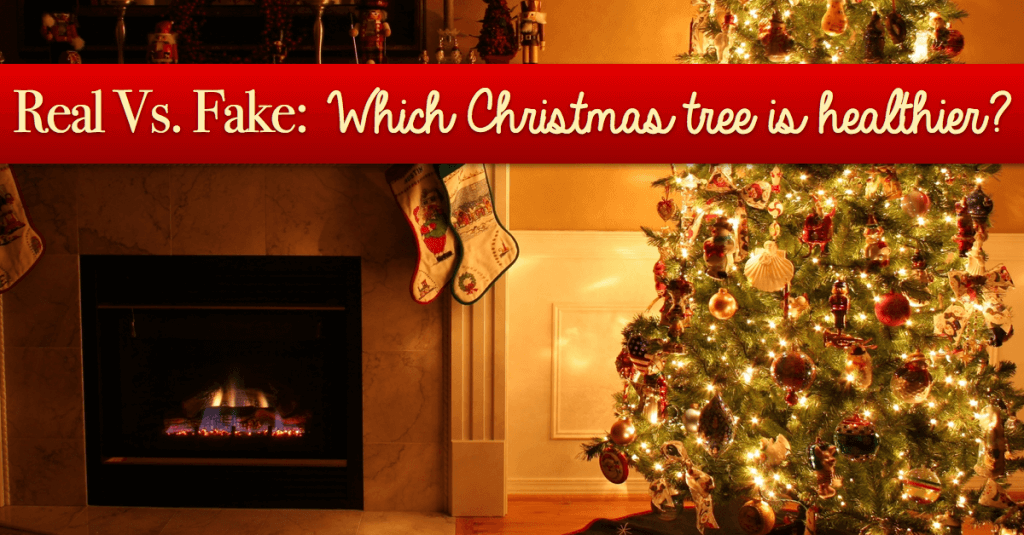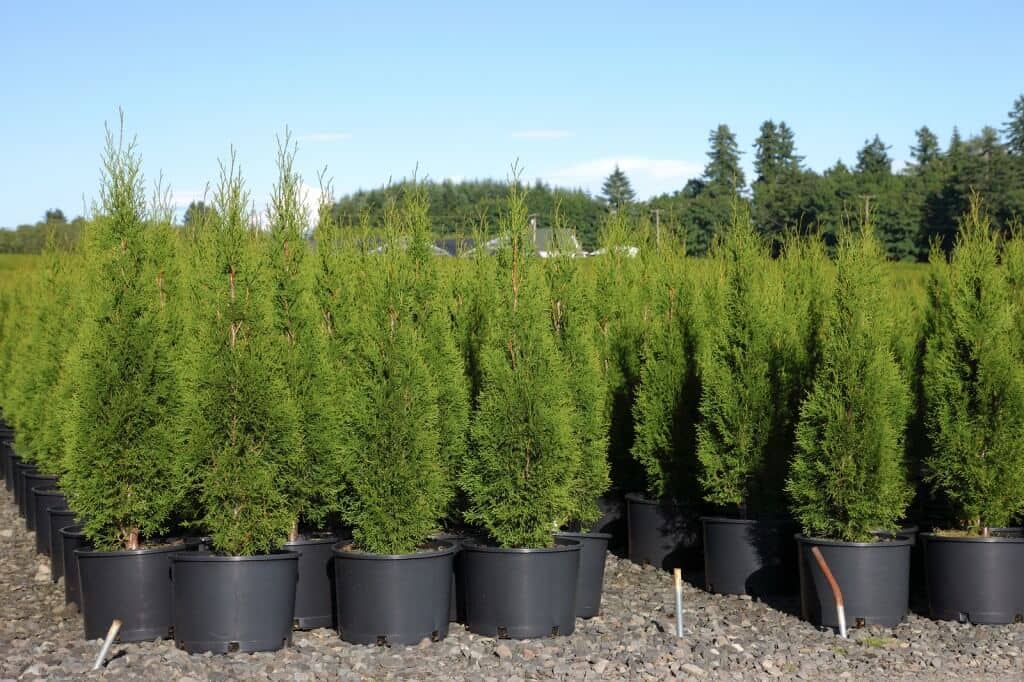Real Vs. Fake: Which Christmas Tree is Healthier?
Winter holidays would be devoid of charm and magic if there would be no Christmas trees adorned in all homes. Lately, more and more people choose to buy artificial trees in order to save money and protect nature. However, the greenest choice remains an all natural tree, but one which is placed in a pot and has its roots intact.
During the holiday season, the place which hosts Christmas tree becomes the main attraction of your house. The tree must be chosen depending on the type of housing (apartment or house) to fit perfectly in your living room. Ideally, it is neither too big nor too small and will have dense branches. It remains the choice of each if you buy a natural tree or an artificial one. However, before answering the question “Real versus fake: which Christmas tree is healthier?”, we should first do a deeper analysis of each one.

Natural tree
Pros: Just a few Christmas trees come from forests nowadays, as the majority are grown on plantations. So if you choose a natural tree, you’ll help support local small businesses, and at the end of the winter season, the trees will be cut and used for animal feed or otherwise environmentally friendly. In the state of Louisiana in the USA, environmental organizations use leftover Christmas trees to enhance coastal wetlands that have been eroded by hurricanes, and in Illinois, they are used to build nesting habitat for herons.

An all-natural Christmas tree will also help you breathe a cleaner air inside the home and will provide you with the enchanted fragrance of the forest. A dinner served alongside a natural Christmas tree is undoubtedly a lot more pleasant, as it gives a sense of wildlife to the entire family.
Cons: Christmas trees are usually grown with pesticides are toxic to animals and, in some cases in humans. Environmental Protection Agency banned indoor use of some of the pesticides used on the Christmas tree, chlorpyrifos, malathion and substances like that affect the human nervous system.
Natural Christmas tree which are derived of their roots last on average for 3 weeks, time after which they start fading away and losing their enchanting fragrance. However, natural Christmas trees sold in pots can last for several months as long as they are not placed besides a strong heat source. After this period, owner may choose to plant them in the garden, thus doing a favor to nature by supplanting the green area.
Prices for natural Christmas trees (not potted) start at $70 for those of one meter tall. If you know how to negotiate well then you may obtain a somewhat cheaper price. However, it’s recommended to look for a dense Christmas tree as those are guaranteed to last longer on average.
Artificial tree
Pros: The main advantage of artificial trees is their small price when compared to natural Christmas trees. In addition, they can be reused each year, so it is a very good investment in the long term. Depending on your preference, artificial trees can be green, white, or blue, and some of them are already adorned with decorations. The newest artificial trees of this kind are made of optical fiber and are able to literally glow when placed in a dark room. Thus, they represent the perfect Christmas accessory for those passionate about technology, not to mention that in this case their decoration won’t be required.
When the Christmas period is over, artificial trees can be folded and placed in a closet or garage for convenient storage. They are very resistant and can be easily dust off for the purpose of reusing them.
Cons: Although artificial trees are cheap, they have a major environmental impact. False festive trees are made of plastic, and retrieval process is issued several toxic chemicals. Many plastic trees were contaminated with lead. In fact, many of them come with a warning label that recommends to wash their hands after handling to prevent ingestion of metal harmful to the brain. Another disadvantage is that artificial Christmas tree cannot be recycled, in case of bored of it and want to buy a newer model ITU.
Thus, if you’re looking to buy such tree, you should choose one that will appeal to you even after few years (preferably more than 5). Otherwise, you risk to actually do a harm to the environment.
Those who do not want to spend too much money on the Christmas tree, can opt for an artificial one which can be bought for as little as $30.
Natural tree in a pot, the best choice
Why pollute one Christmas with dangerous plastics and metals? Durability and low price of artificial Christmas trees can make them more attractive than the alternative of buying a new tree every year, but an analysis of US researchers has shown that you should use an artificial tree 20 years for it to be considered more environmentally-friendly than a natural tree. So, the best choice is a natural product … but one in a pot. So, after you “perfume” your house during the holidays, you can choose to plant the Christmas tree in your backyard or garden. Undoubtedly, when it comes to the question “Real versus fake: which Christmas tree is healthier?”, natural trees placed in a pot are the alternative which everyone should consider.
An 80cm natural Christmas tree with its roots intact (and sold in a pot) costs around $100-$150.

Long-lived tradition
Whether you opt for a natural tree or an artificial one, it’s a must to have a Christmas tree in your house during the holidays. The origin of the Christmas tree dates back before the Christian era, when trees or their branches were used for different ceremonies. There is no tribe, culture, or society who never had a tradition or myth about the tree with evergreen leaves.
Keep in mind that although an artificial Christmas tree may look cheaper and more appealing at first, it only represents a healthy choice for the environment if you are planning to use it for a long time from now on.
Otherwise, you should consider buying a natural Christmas tree, preferably one which has its roots intact. It might seem like a bigger investment at first, but keep in mind that you can replant it in your garden and decorate it every year from now on. Thus, your backyard will become a truly enchanted place and everyone will want to visit it!

